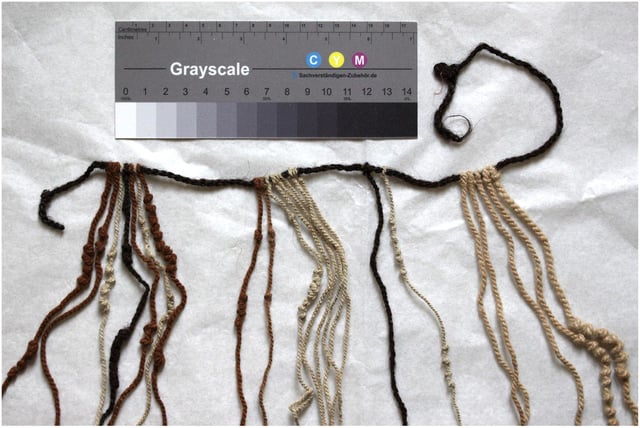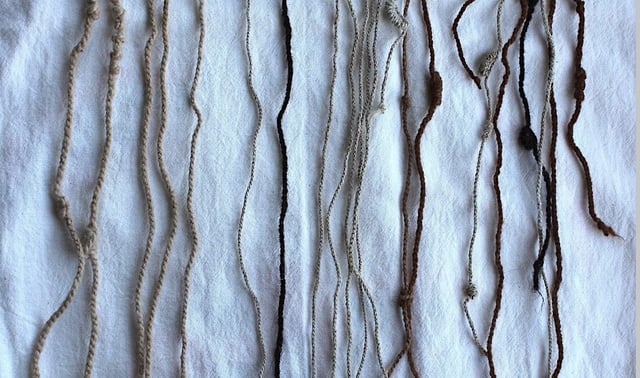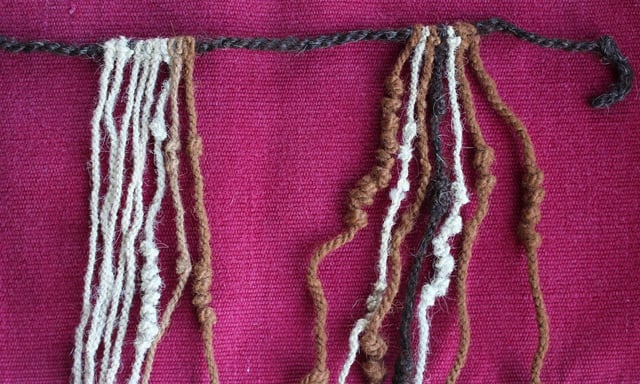Overview
- Radiocarbon dating places khipu KH0631 at around 1498 CE and confirms its primary cord consists of a single 104-centimeter human hair strand folded and twisted.
- Simultaneous carbon, nitrogen and sulfur isotope analysis, supplemented by oxygen and hydrogen values, indicates the hair’s owner consumed predominantly tubers and greens with minimal meat or maize.
- Biochemical signatures link the maker to the Andean highlands—modern southern Peru or northern Chile—challenging the view that only elite male khipukamayuqs produced these recordkeeping devices.
- Because human hair served as a traditional maker’s signature on khipus, researchers infer that commoners and potentially women participated in Inca khipu production alongside elite bureaucrats.
- Given KH0631’s uncertain auction provenance and its unreadable knot content, scholars urge further securely documented sampling before redefining empire-wide administrative practices.



